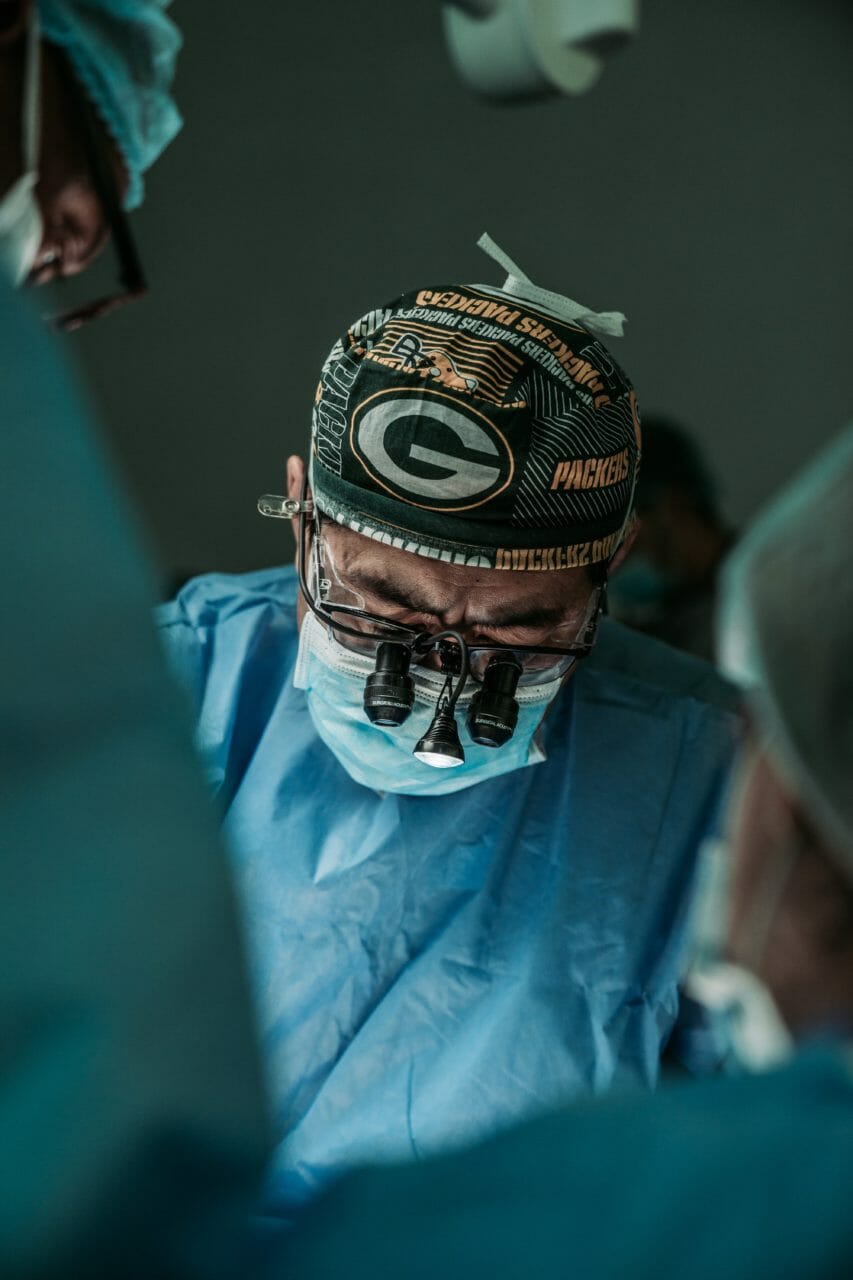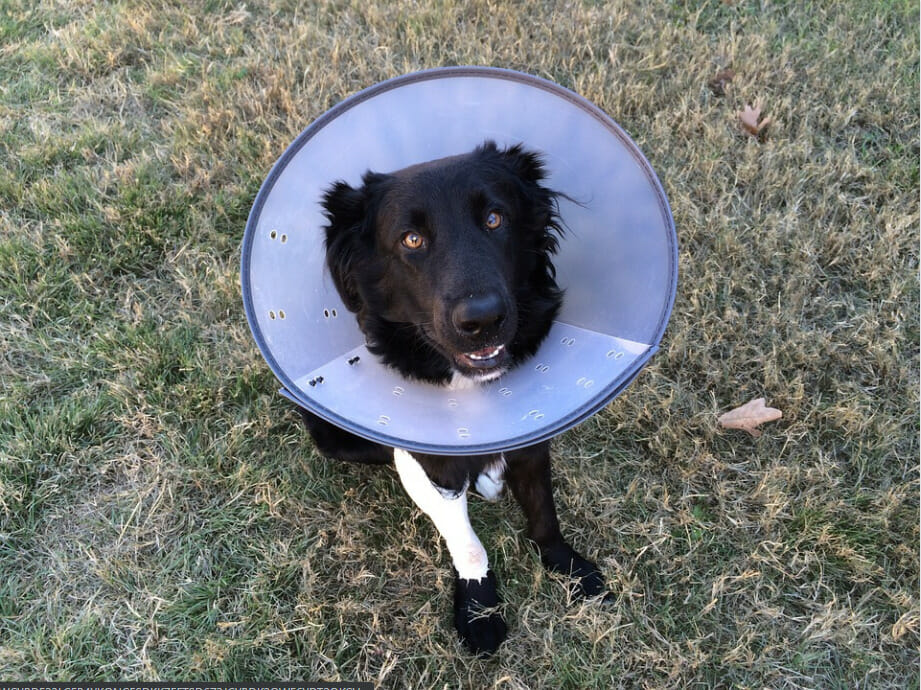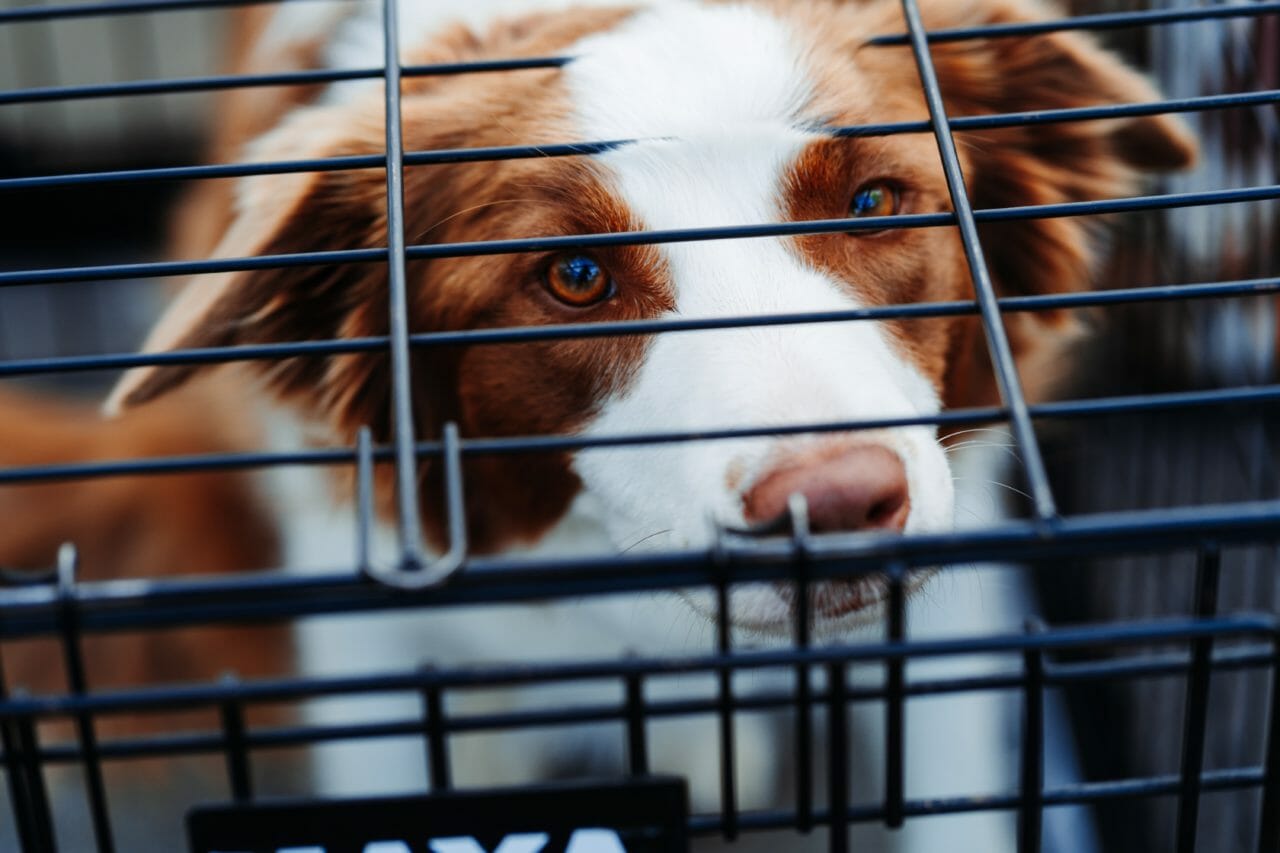The largest bone in your dog’s body is one of the most important.
Running, jumping, and just playing to their heart’s content. Your dog loves being active, but being active can also mean that your pup is susceptible to injury. A femur fracture is one of the more serious injuries that your dog can incur.
Dog femur fractures are unfortunately quite common. But don’t worry; the experts at RehabPet.com are here to help you understand everything there is to know about dog femur fractures so that you can help your furry friend heal and feel better.
What Is a Dog Femur?
The femur is the bone that extends from the hip to the knee and is the longest, heaviest bone in your dog’s body. Because of its size and weight, the femur bears a lot of stress, making it susceptible to fractures.
There are two types of femur fractures in dogs: complete and incomplete fractures.
- A complete femur fracture is one where the bone breaks into two pieces
- The bone is cracked but not completely broken in an incomplete femur fracture. Incomplete fractures are more common than complete fractures.
Because the femur is responsible for supporting your dog’s entire body weight and protecting the blood vessels and nerves that run down its body, its importance really cannot be emphasized enough. A femur fracture can have serious consequences for your dog’s health.
How Does a Dog’s Femur Become Fractured?
Femur fractures in dogs can be caused by several things, the most common being:
- A direct blow to the femur (e.g., from a car)
- A fall from a significant height
- Twisting or rotating the leg while it is bearing most of your dog’s weight
- Repetitive stress on the bone
- Weaken bones due to an unhealthy diet
- Diseases that cause bones to become weakened, like cancer
Dogs of any age, breed, and size can suffer a femur fracture, but some dogs are more susceptible than others. Large and medium-sized breeds are more prone to femur fractures because of their size and weight.
Older dogs are also at greater risk because their bones may be weaker, but puppies and younger dogs who have not finished fully developing their femurs are also susceptible.
What Are the Signs of a Femur Fracture?
If you think your dog may have a femur fracture, it is important to take them to the vet as soon as possible. The type of fracture — whether it’s opened or closed — will determine which signs to look for.
There is a greater danger of infection with open fractures, also known as complex fractures, since the opening exposes the bone outside of the skin, which can become contaminated with debris and germs.
When a bone breaks but does not puncture the skin, it is called a closed fracture. There are several signs that your pup has a closed femur fracture, which include:
Limping
Obviously, limping indicates something is wrong with your dog’s leg. If your dog is not putting any weight on their leg or if they are holding it up, they’re clearly trying to manage a painful situation.
Swelling
If you notice that your dog’s femur is swollen, this could indicate a fracture. Swelling occurs when the bone breaks and causes the surrounding tissue to fill with blood.
Tenderness
If you touch your dog’s femur and they cry out in pain, something is wrong. This tenderness will likely be accompanied by swelling.
Deformity
A femur fracture will cause the bone to deform. If you notice that your dog’s leg looks twisted or bent, it is important to take them to the vet.
Lethargy
Your dog may not have the energy to be his or her normal, playful self.
Loss of appetite
If your dog is not interested in food or water, this could be a sign that they are in pain and not feeling well.
If your dog displays any of these signs, it’s important to seek veterinary care immediately. The main thing is not to panic and to try and keep your dog calm.
Wrapping their leg in a towel or light blanket can also help to keep them from moving it around and causing more pain.
How Is a Femur Fracture Diagnosed?
Your veterinarian will likely take a full history of your dog’s injury and perform a physical examination.
If your dog has an open fracture, it will also need to be stabilized before any diagnostic testing can be done. As we mentioned above, this is because open fractures are at high risk for infection, and the vet needs to take measures to prevent this.
For closed fractures, your vet will likely order radiographs (x-rays) of the affected leg. This will give them a clear image of the break and its severity. Sometimes, your vet may also order a CT scan or MRI to get a more detailed view of the fracture.
Once your dog has been diagnosed with a femur fracture, your vet will develop a treatment plan. This will likely involve surgery to repair the break and help your dog heal properly.
What Is the Treatment for a Femur Fracture?
The most common treatment for a femur fracture is surgery.
The type of surgery will depend on the severity of the fracture:
For incomplete fractures, your vet may be able to put a pin in the bone to hold it in place while it heals. This is typically done for fractures that are not displaced, meaning the ends of the bone are still lined up correctly.
For more complex (or complete) fractures the bone will need to be repaired with a plate and screws. This is a more involved surgery but is necessary to ensure the bone heals correctly.
Surgery is typically performed under general anesthesia and takes about two hours. After the surgery is over, your dog will most likely need to stay overnight in the recovery area and be monitored for any complications.

Dog Femur Fracture Recovery After Surgery
Your vet will give you specific instructions on how to care for your dog after surgery. You must follow these instructions carefully to ensure a successful recovery.
Most dogs stay in the hospital for two to three days after surgery so the staff can monitor their progress and pain levels.
Once you bring your pups home, the main thing is to ensure they get any medication they need and keep their activity levels low. This means no running, jumping, or playing until your vet gives you the green light.
You will likely need to take your dog back for follow-up appointments so the vet can check on their progress. Once the bone has healed, your dog can return to its normal activities.
Other ways you can help your dog heal and stay comfortable during the recovery process include:
- Keep your dog’s kennel or bed in a quiet area of the house where they can rest and heal without being disturbed.
- Make sure your dog has plenty of soft, comfortable bedding to lie on.
- If they have a bandage covering the injured leg, make sure to check it regularly and keep it clean and dry.
Make sure you show them lots of love, patience, and attention during this time. They will appreciate it!
Closing Thoughts
Femur fractures are serious injuries that require immediate veterinary care. With surgery and a little TLC, your dog will be on the road to recovery in no time.
We hope this article has helped you better understand both the surgery and recovery processes of dog femur fractures and what you can do to help your furry friend heal. Most dogs make a full recovery and go on to lead happy healthy lives.



